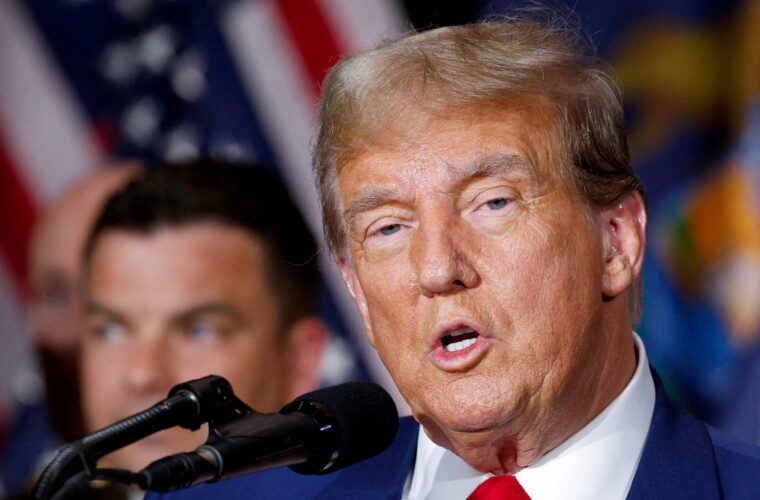Instead of photos and friends’ content, videos and algorithms transform from a relationship social to a performance platform.
Instagram is changing its look by favoring viral content produced by strangers to the detriment of posts by virtual friends, and users are furious. The desire to look more and more like TikTok has generated significant changes on the photo social network and on Facebook, which creators have not appreciated.
So, after criticism from influencers who work and earn a lot of money on the platform, such as Kylie Jenner and her sister Kim Kardashian (who have 361 and 326 million followers), but also from Chrissy Teigen and Chiara Ferragni (38.6 and 27.6 million followers, respectively), CEO Adam Mosseri responded to the protests with a video in which he explained how and why Instagram is changing.
Leaving aside the classic arguments about how much the social network cares about its members (for those who forget, let’s remind them that the priority of the companies behind social networks is to make money and not to satisfy the desires of others), Mosseri explained that Instagram is continuing the evolution started in the past years and aimed at becoming a video-first platform.
No longer centred on photographs, then, but on clips. Just like TikTok, the algorithm commands and suggests to subscribers what to watch based on the numbers and virality achieved by the content. There is no room for friends’ content, which Instagram users complain they can no longer find in their feeds. Instagram aims to transform itself from a relationship social to a performance platform, just like TikTok. And this is why the motto ‘Make Instagram Instagram again’ (Stop trying to be TikTok, I just want to see cute photos of my friends), which sums up the general dissent for the shift made by the social network, although very popular among members, is destined to remain an unheard cry.
The confirmation comes from Mosseri himself. “I am getting a lot of concerned messages about photos and how we are shifting the focus to videos. I want to be clear: we will continue to keep the photos, they are part of our history. That said, I have to be honest: I do believe that Instagram will increasingly become a place for videos.” In this sense, it will be interesting to watch Instagram’s moves in the face of more important feedback, given the track record of other social media.
The reference is what happened after Kylie Jenner announced in 2018 that she would no longer open the Snapchat app after some changes were made to the platform: within the next 24 hours, Snap burned through the stock market, the equivalent of around $1.3 billion. Jenner currently has 361 million followers on Instagram, the second most-followed person behind Cristiano Ronaldo (470 million followers for the Portuguese footballer). She has clearly expressed her disapproval of Instagram’s new direction.

Although predictable under long-standing trends, Instagram’s turn towards video represents a theoretical betrayal for a social network created to disseminate photographs and allow users to enjoy themselves by publishing shots enriched with filters.
The various innovations introduced over the years have shown how Instagram has always been preoccupied with making up for the innovations made by its competitors instead of experimenting with new options: from Stories copied from Snapchat to Reels inspired by TikTok, Instagram (it would be more correct to say Meta because Facebook has followed the same path) has chased the others, gradually leaving photographs in the background, which are far less profitable than videos for the algorithms on the hunt for viral content.
Although they came after the others, the greater number of active users compared to their rivals has allowed Instagram and Facebook to remain significant references in the social sphere. Faced with the constant growth of TikTok, however, the discourse changes because the risk for Meta is to see itself erode an increasingly large portion of its youth audience (a trend that has been going on for years), attracted by a platform that does not want to be social but to provide entertainment.
Pursuing TikTok is a compulsory choice for Instagram, therefore, because Meta needs to win back the youngest audience, the one born with social media and spends a good part of the day on these platforms. Not only because among them are those creators who ensure viral content (and whom the company is willing to pay handsomely), but also because, looking to the future, from Mark Zuckerberg’s point of view, it is they who will have to be the ambassadors of the metaverse (Meta’s real priority, which spends tens of billions a year to develop its virtual world), into which they will then drag their real and virtual friends.


